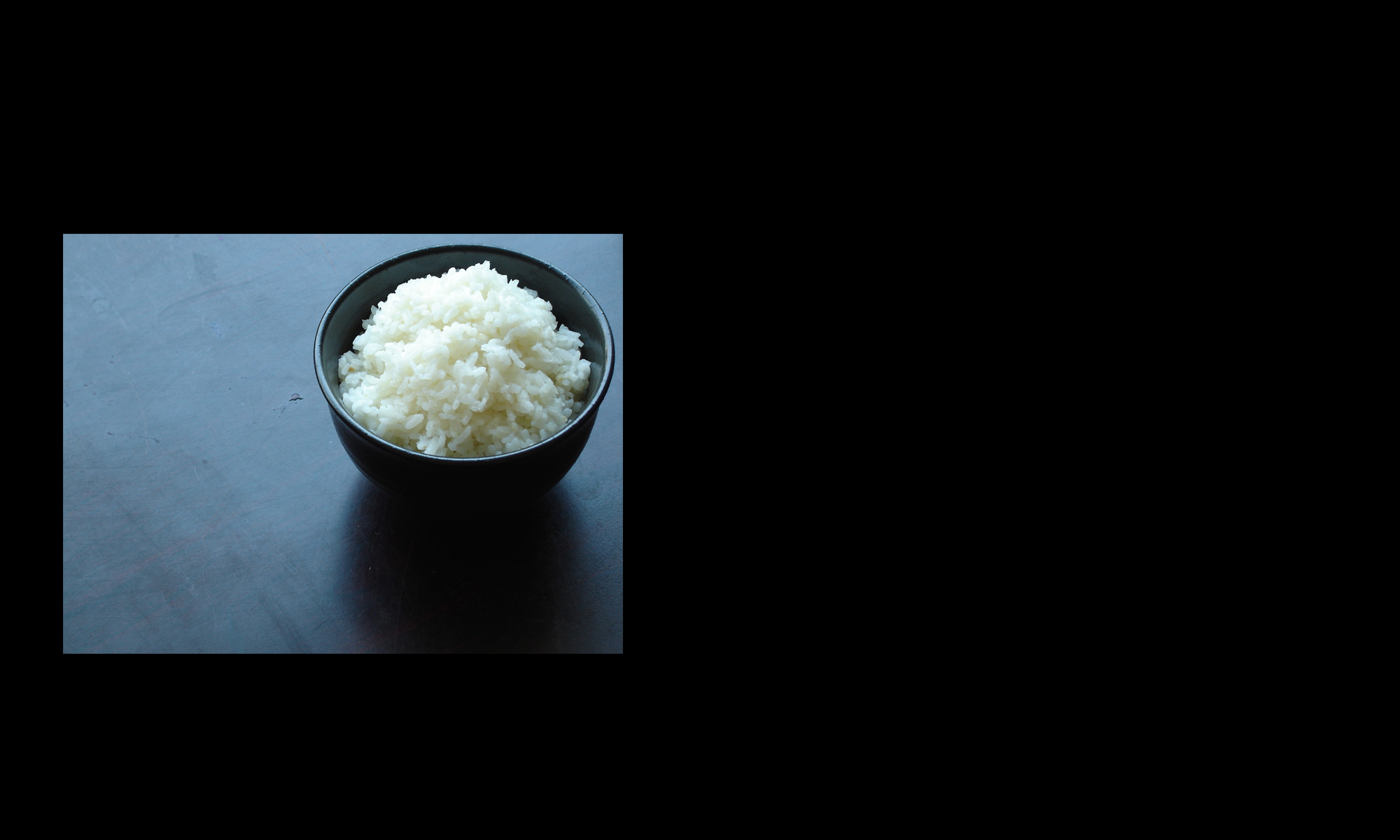Chinese Food Cooking and Eating Tips

Whether you are steaming rice, boiling noodles or stir-frying vegetables, these simple pointers and tricks will add to your understanding of authentic Chinese cuisine, and help you cook and eat well at home.
Rice
Cook Rice First. When preparing a Chinese rice-based meal, prepare the rice first in a rice cooker or pot. It will stay hot while you prepare your other dishes, then all you need to do is serve everything at the same time.
Storing and Reheating Cooked Rice Refrigerate cooked rice before it cools completely in an airtight container. Use as soon as possible. Always reheat thoroughly to a high temperature. [ Food Safety Warning (bacillus cereus) for storing cooked rice and other cooked grain-based foods. ]
Leftover rice will begin to dry out. To counteract this, add a few drops of water to a container, and heat in a microwave. The water will remoisten the rice by re-steaming it. To reheat a single bowl of rice this way, add a few drops of water to a bowl (depending on how dry it is), cover with cling wrap (plastic wrap), leaving a small opening, and heat thoroughly.
Preparing Rice to Make Fried Rice The trick with fried rice is ending up with a dish that is neither to dry or too soggy. You should not use just cooked rice as it is usually too gooey to make good fried rice. Use leftover rice, or at a minimum, let just-cooked rice cool in the pot for an hour without the lid. You can stir it to speed up the cooling/drying process. Then stick it in the fridge for a couple of hours, again without the lid.
If your leftover rice has been in the fridge for a while, it might be dry and you might want to add a little more water to the stock for fried rice. Conversely, just cooked rice might need a bit less stock. Bacillus cereus warning.
Getting Rid of Weevils in Rice The solution to weevils starts when you buy rice at the supermarket. Unless you can see adult beetles (which I did once), it is extremely difficult to tell if a bag of rice is already infected. However, you can try this: pick up a bag of rice, give it a few good shakes and see how much dust accumulates at the bottom of the bag. A lot of dust may indicate that weevils have been having a very good time inside. Try another bag, brand or another shop. If there are weevils (assume there are), the less time they have to do their dirty work the better, so check out the manufacture or use by dates, and buy the smallest bag that is practical. As soon as you get the rice home, set the fridge freezer thermostat to its lowest setting, chuck the bag of rice in and freeze it for a week. (This pest control site partly contradicts that advice but freezing has always worked for me.) Then get your rice out of that plastic bag it came in – which doubtlessly has microscopic punctures – and pour it into an airtight, insect proof container to prevent any further infection. If you are going to keep the rice for an extended time, keep it in the fridge. If you are really worried, just keep it in the freezer.
Try these Chinese rice recipes
Egg Fried Rice
Plain Steamed Rice
Rice Porridge with Side Dishes
Vegetables
Adding Leafy Green Vegetables to the Wok Cut these vegetables into two or three large pieces. Add the chunkier parts like stems first, followed by the quicker cooking leafy parts.
Serve and Eat Leafy Green Dishes Quickly When cooking a Chinese meal, get everyone seated before you finish cooking. Leave the stir fried vegetable dishes till last, and serve and eat immediately. Remember that any food straight out of the pan or pot is actually still cooking. For vegetables, especially the more delicate leafy greens, a five minute gap between the end of cooking and eating can mean the difference between crisp, colourful vegetables and limp, oily, tired looking greens. If they seem undercooked, they almost certainly are not.
These dishes do not work well as leftovers, so try to finish eating them in one sitting.
For the same reason, you might want to reconsider ordering these dishes as takeaway food. Instead eat at the restaurant when the food is in peak condition.
Try these Chinese vegetable recipes
Fried Tofu with Port Belly and Mushrooms
Miscellaneous
Balance the Meal Without getting too pedantic about it, when you cook (or order) multiple dishes, you should strive for variety and balance: of colours, textures, flavours, carbohydrate, protein and vitamins, moistness and dryness.
Chopsticks If you are going to eat rice with chopsticks, use a rice bowls. Chopsticks are simply not well-suited for eating rice from a plate unless you combine them with a spoon or the rice is particularly sticky.
Cooking Noodles Chinese noodles cook a lot quicker than spaghetti. Refer to instructions on package. Fresh noodles cook quicker than dried. Don’t add salt to cooking water (they are usually already salted). If noodles are for a soup dish, remember that the cooking process continues in the bowl once served, so be careful not to overcook. If anything, undercook a little.
Try these Chinese noodle recipes
Taiwan-style Cold Noodle Salad Recipe
Cooking Wine When Chinese cookbooks call for wine, they normally refer to 黃酒 ‘yellow wine’ (Shaoxing wine, is the best known but not the only one). Recipes often rightly suggest dry sherry as a reasonable substitute. However, in Taiwanese cookery, ‘yellow wine’ is seldom used. Instead a locally produced clear wine is favoured, the result of Japanese influence. It has a lighter or more neutral taste and smell than ‘yellow wine’. So if you want to recreate the taste of Taiwan, you need to get your hands on a bottle of 米酒 (mi jiu), rice wine. Outside of Taiwan, you can try asking at Asian groceries for Taiwan-style rice wine. The only real substitute for Taiwan cooking wine is sake (mirin, the Japanese cooking wine is too sweet).
Garlic Chinese eat heaps of garlic. Rather than mince or cut garlic finely, the Chinese cook simply crushes a clove with the flat of a cleaver and a heavy press of the palm, before easily peeling off the skin. Always use the fresh article. Never store unpeeled garlic in the fridge – it needs to be kept dry.
Soy Sauce In China, adding soy sauce is the cook’s job, not the diner’s. Unlike the practise in many overseas Chinese restaurants, unless used as a dipping sauce for dumplings or breads, soy sauce belongs in the kitchen, not on the table. In any case, as if Chinese food is not already salty enough!
